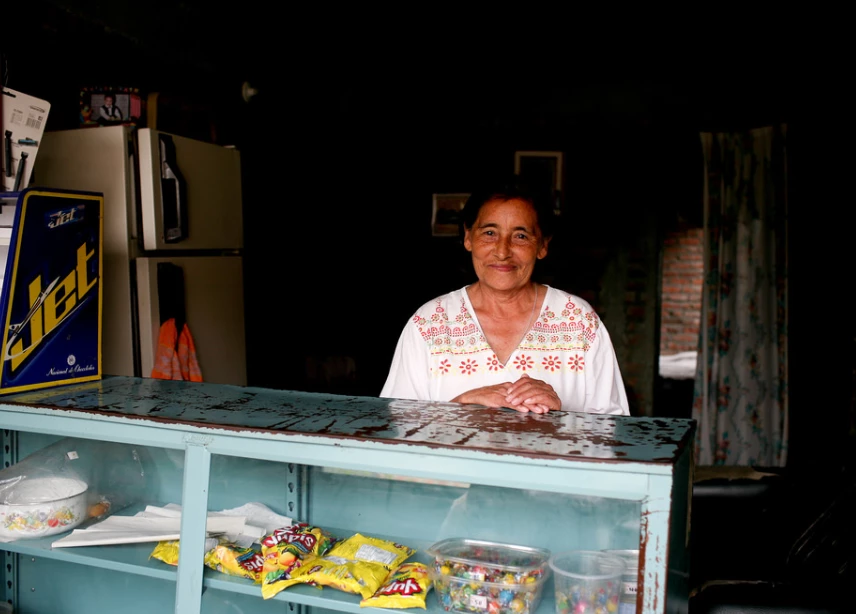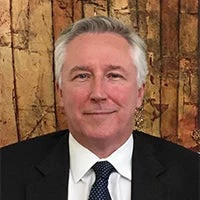
Supporting good governance and addressing corruption are integral to the Bank’s development work. Introduced in July 2016, the World Bank’s Procurement Framework plays an important role in this effort by emphasizing value for money (vfm) and fair competition and the highest level of integrity to encourage the participation of the best-performing suppliers. VfM means the optimal combination of quality, whole-life costs and sustainability. This approach also enables selection of innovative technologies to address complex development challenges.
The Procurement Framework is predicated on a fit for purpose approach to ensure that procurement strategies are tailored to the unique characteristics of the project’s environment (including our Borrowers’ capacity, specific risks, and market dynamics).
The Bank finances investment projects in almost every sector of the economy, generating a worldwide public procurement market of up to US$20 billion a year, with over 100,000 contracts awarded annually in 136 countries—a level of procurement expenditure that means that the Bank is uniquely positioned to positively affect development outcomes and the performance of markets.
Enhancing integrity and building Borrowers’ capacity are among the Procurement Framework’s stated objectives. One of the most important ways the Bank fights corruption is by implementing its operational procurement policy, which requires that, in most cases, Bank-financed contracts be awarded following open, competitive, processes and transparent, accountable decision-making in all cases.
Under the Procurement Framework, the Bank carefully manages the integrity of procurement processes, retaining the right to investigate and sanction corruption in the projects it finances. A number of the provisions of the Framework represent a strengthened approach to integrity concerns. For example:
- The borrower and Bank staff are required to engage in up-front dialogue on integrity matters to determine appropriate integrity controls in support of the procurement methods and approaches the borrower selects.
- During project preparation, with the Bank’s assistance, the borrower conducts a comprehensive capacity and market assessment; if the assessment finds risks in the project’s operating environment, additional integrity measures may be included in the project.
- In some cases, Bank staff may provide expanded supervision.
- Independent third-party monitoring, including by a civil society organization, may be engaged to ensure continuous probity assurance.
In addition to market, contract implementation and corruption risks, procurement strategies also focus on preventing, mitigating and proactively managing a broader set of risks such as those related to environmental, social, health, and safety aspects of infrastructure projects. Related risks include, for example, child and forced labor, gender-based violence (GBV), and sexual exploitation and abuse (SEA).
The Bank is currently supporting procurement reforms in more than 60 countries, informing policy dialogue on better enabling regulatory environments. Bank programs are strengthening institutional capacity and professionalizing the procurement workforce, facilitating the evolution of public procurement into a core public sector function that helps improve services and resource efficiency while, at the same time, enhancing integrity and transparency and protecting communities and the environment.
Thus, the Bank’s Procurement Framework is a catalyst for change, driving new ways of thinking and working that will deliver improved development outcomes on the ground.


Join the Conversation